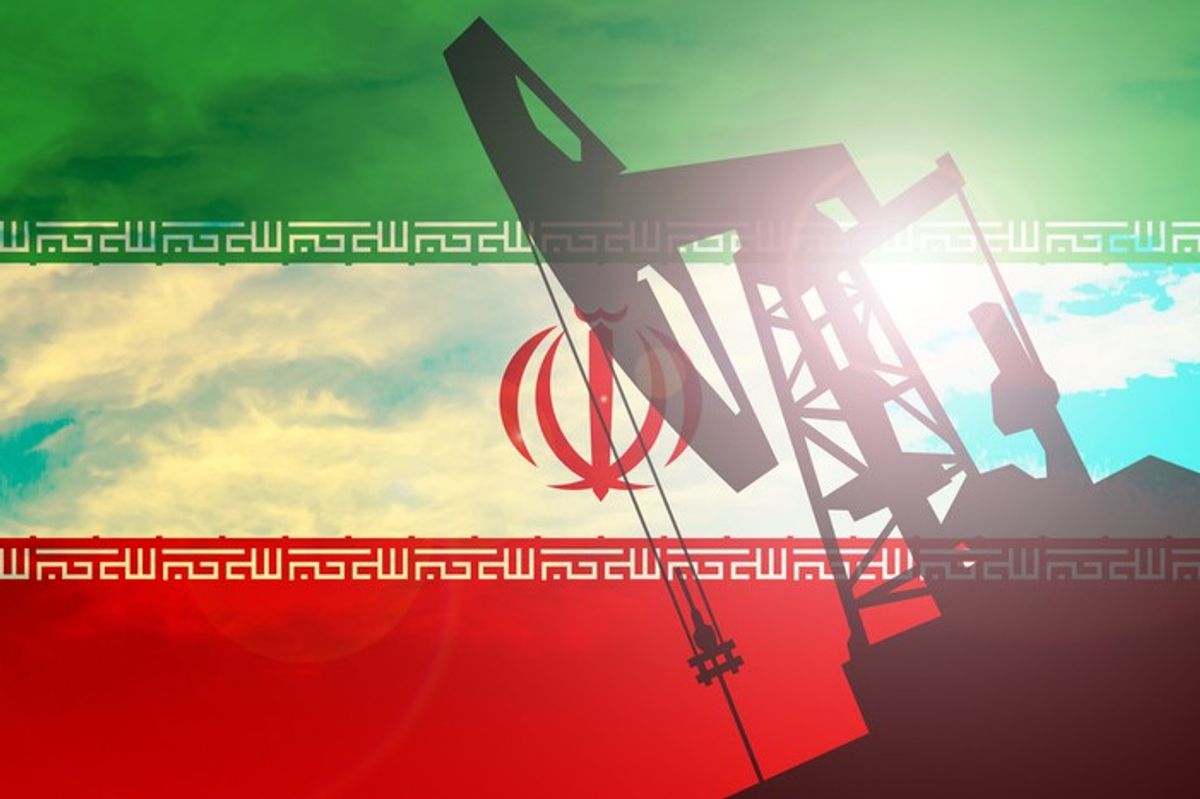The Venezuelan economy was forecast to contract six percent in 2016; following a 5.7 percent contraction in 2015, the latest period for which official government data is available. Inflation is expected to reach 720 percent this year, rivaling Zimbabwe in the 1990’s and Bolivia in 1985. Unemployment is at six percent (but 34 percent of working age people are out of the workforce). Yet the indicator that best captures Venezuela’s grim economic picture is the value of the Bolívar Fuerte (BF), the local currency. According to the Bank for International Settlements of Basel estimates, the Bolívar Fuerte is the most overvalued currency in the world. Currency overvaluation is perhaps the biggest economic problem affecting Venezuela, and there is no easy solution, because the currency exchange regime in the country is complicated, and any attempts to address it would be painful.
Venezuela, like most other oil-exporting countries, has a fixed exchange rate system where the government determines the value of the currency and the Central Bank uses open market operations to maintain that target price. Former President Hugo Chávez introduced currency controls and a fixed exchange rate in 2003. At the time, the rate was set so that one dollar equaled 1.6 BsF. In the 13 years since this measure was enacted, the currency has been devalued 11 times, though the devaluations have so far not been effective.
In addition to devaluations, the government has tried to control the value of the currency by establishing a complicated and ever-changing exchange system that has resulted in very cheap dollars and an alphabet soup of acronyms for government entities that control the currency exchange process.
Most recently, the government announced that it would replace the system of three exchange rates with a new system that will include only two rates: one for “essential” imports (food, medicine, etc.) and a second one for everything else. The first rate was set at 10 BsF to one USD and the second one, available through auction, is around 500 BsF. The rate of 10 BsF is equivalent to the government handing out dollar bills for a penny. That is, if you had a single dollar bill and sold it on the black market, you would get nearly 1,000 BsF. If you were lucky enough to be able to buy dollars from the government at the cheapest rate you could turn those 1,000 BsF into $100. And it is available only to those promising to import “necessary” goods, though there continues to be severe shortages of food and medication, suggesting that people might be handing in pennies, taking dollar bills, and not importing what they promised.
It’s not easy for Venezuelans to acquire dollars through either of these systems, so a third rate continues to exist: the so-called black market exchange rate which values the dollar at about 1,000 BsF. While this might work for people scared to keep their savings in the local currency, this will have adverse effects on businesses. Earlier this year Empresas Polar, the largest private company in Venezuela, announced that it would have to halt beer production in the country because it cannot obtain the dollars needed to buy the barley for making beer. Venezuela does not grow barley and buying dollars in the black market (at 1,000 BsF) to make a beer that has to be sold for $0.25 (275 BsF) would be a terrible business idea.
The exchange rate system means that the answer to the question “how much does ___ cost in Venezuela?” is complicated. Suppose you buy breakfast for 1,500 BsF. If you sold dollars to the government to pay for that breakfast, that coffee and arepa were about $3, but if you sold them to your friend (ie, on the black market), it was $1.50. That’s for a coffee and arepa made in Venezuela, by Venezuelans with Venezuelan materials; but very few things are made in Venezuela. For example, the country produces only about a third of the meat and dairy it consumes and has to import the rest. One of the effects of oil dependency in Venezuela has been a move to the oil and gas sectors and an abandonment of other sectors like industry and agriculture.
Because the country has to import nearly everything, keeping the exchange rate overvalued is politically attractive for obvious reasons: if a dollar is only 10 BsF then a $3 bottle of shampoo is “only” 30 BsF, which is certainly better than a 3,000 BsF bottle of shampoo. But that’s only for goods for which dollars are available at the 10 BsF rate for essentials. Because there is a dearth of dollars, and people have little faith in the value of the local currency, the value of the dollar in the black market goes up and with it, the prices for everything else. The result is that goods for which dollars are available at the government rate are very, very cheap (if you can find them) and everything else is pretty expensive.
Removing the exchange rate controls, unifying the exchange rate, and devaluing the currency would help to address the problem of overvaluation and the accompanying inflation. It would also stem the spending of reserves a little bit, since the government wouldn’t have to continue to tap into them to prop up the Bolívar Fuerte. Getting rid of the exchange rate controls might help to bring back some of the foreign companies that have left the country because they cannot repatriate their profits (airlines, for example.) Unifying the exchange rate regime is a necessary first step. The sooner the government stops selling dollars for 10 BsF, the sooner we can find out what the real value of the Venezuelan currency is.
Ultimately, Venezuela needs to fix the currency overvaluation problem, but the solution to this problem is unpopular. The last major devaluation of the currency, in February 1983, is remembered as “Viernes negro” (“Black Friday”) and bookmarked the end of economic bonanza in Venezuela. Devaluing the currency now would cost the government of Nicolás Maduro a lot of friends: all the people benefitting from the preferential exchange rate and the people that are somehow able to buy goods imported at this cheap rate. As Aristóbulo Istúriz, the current vice-president, explained a couple of years ago, the exchange rate controls are “not an economic measure, but a political one.”
Removing the controls and devaluing the currency would, however, save the government dollars, which it should use to pay off debt but could use to buy support through other handouts. The risk, of course, is that if the government miscalculates the handouts, it could mean the end of the regime. This would not be the end of the overvaluation problem. Instead, it would mean that a potential new government would have to start its time in office making the very unpopular decision of bringing down the curtain of the cheap dollar and dealing with its aftermath.










